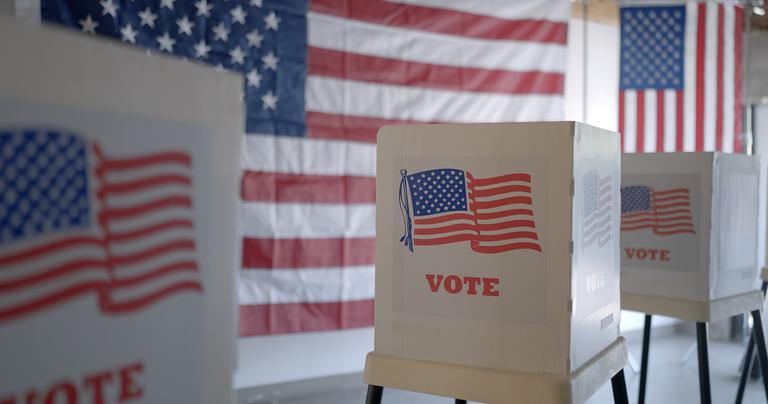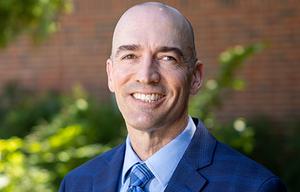
Law & Principles
Ray Carter | January 23, 2025
Study: California ‘open’ primary didn’t boost turnout
Ray Carter
In November, officials with the group Oklahoma United announced that they were launching an initiative petition effort to eliminate party primaries in Oklahoma.
If approved by voters, the group’s proposal would instead place all candidates on a single summer ballot and all voters, regardless of party registration, could participate. The two candidates who receive the most votes would then proceed to a runoff on the November general-election ballot, even if both candidates are members of the same political party.
The proposed election system is very similar to the model used in California since its 2012 elections. Officials with Oklahoma United claimed the California system would increase voter turnout in Oklahoma elections.
However, research from California shows that isn’t necessarily true.
A May 2014 report, “Voter Turnout in Primary Elections,” published by the Public Policy Institute of California, examined the results of the first top-two election cycle conducted in that state.
“California’s top-two primary system was adopted in part to encourage more voters to come to the polls,” the report noted. “Yet turnout in 2012 was very low—the lowest, in fact, of any presidential primary in 90 years.”
The 2012 open-primary turnout in California was “the second lowest on record,” the report stated.
Officials with Oklahoma United argued that the California election system would appeal to registered independents, who now comprise 19.8 percent of registered voters in Oklahoma.
Those registered as Republicans represent 52.6 percent of Oklahoma voters while registered Democrats comprise 26.6 percent.
However, the Public Policy Institute report also examined how multiple forms of “open primaries,” including those that allow registered independents to participate in the primary election of their choosing, affect turnout.
“Our analysis suggests that open primaries have not been associated with higher turnout in the states that have used them over the past 30 years, at least in the cases where ‘open’ meant any system that allowed independents to participate in some way in the election,” the report stated.
The report’s author suggested one reason for that trend is that “independents do not participate as often in primary elections in the first place,” noting that registered independents are often “fickle primary voters.”
As a result, in open-primary states “the potential electorate is much larger because independents can participate, but those extra potential voters do not turn out to vote at the same rates,” while in closed-primary states “the potential electorate is limited to partisan voters, but there are relatively more of them and they are more reliable at showing up,” the report stated.
In its first year of implementation in California, the “top-two” primary resulted in numerous general-election races that involved two members of the same political party. The report noted there were 27 such one-party general-election races in California in 2012.
Moreover, the Public Policy Institute of California found that “competition between same-party candidates did not lead to more votes in same-party contests in the fall. Quite the opposite: Between the primary and general elections, same-party contests gained 8 percent fewer votes than cross-party races.”
Officials with Oklahoma United argued that the winners of races conducted under the California “top-two” election system would be moderate and suggested that more polarizing candidates are likely to emerge from a closed-party primary, particularly in areas dominated by one political party when primary election turnout is low.
But the Public Policy Institute of California report noted that “research on primary turnout and polarization has found no real link between the two, at least in the case of U.S. Senate elections.”
“Thus, lower turnout is not necessarily producing more radical representation,” the report stated.

Ray Carter
Director, Center for Independent Journalism
Ray Carter is the director of OCPA’s Center for Independent Journalism. He has two decades of experience in journalism and communications. He previously served as senior Capitol reporter for The Journal Record, media director for the Oklahoma House of Representatives, and chief editorial writer at The Oklahoman. As a reporter for The Journal Record, Carter received 12 Carl Rogan Awards in four years—including awards for investigative reporting, general news reporting, feature writing, spot news reporting, business reporting, and sports reporting. While at The Oklahoman, he was the recipient of several awards, including first place in the editorial writing category of the Associated Press/Oklahoma News Executives Carl Rogan Memorial News Excellence Competition for an editorial on the history of racism in the Oklahoma legislature.